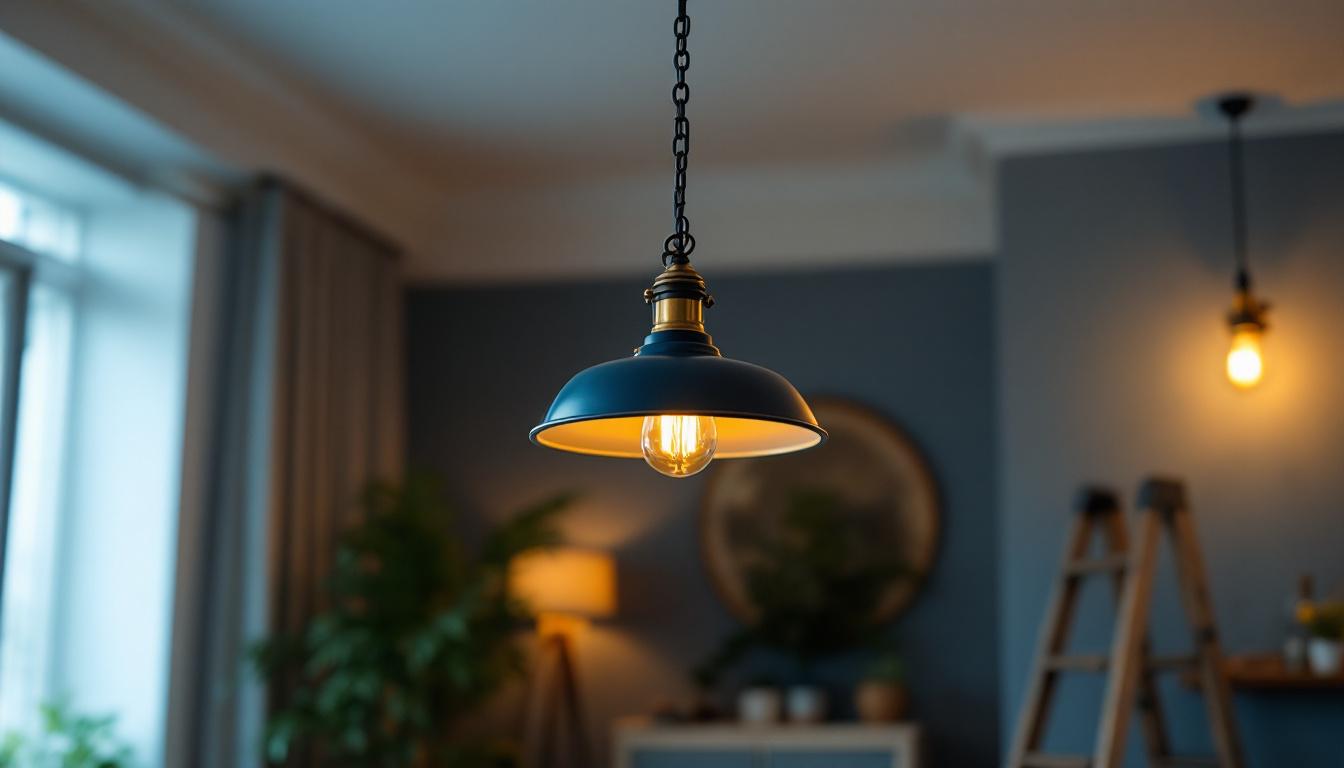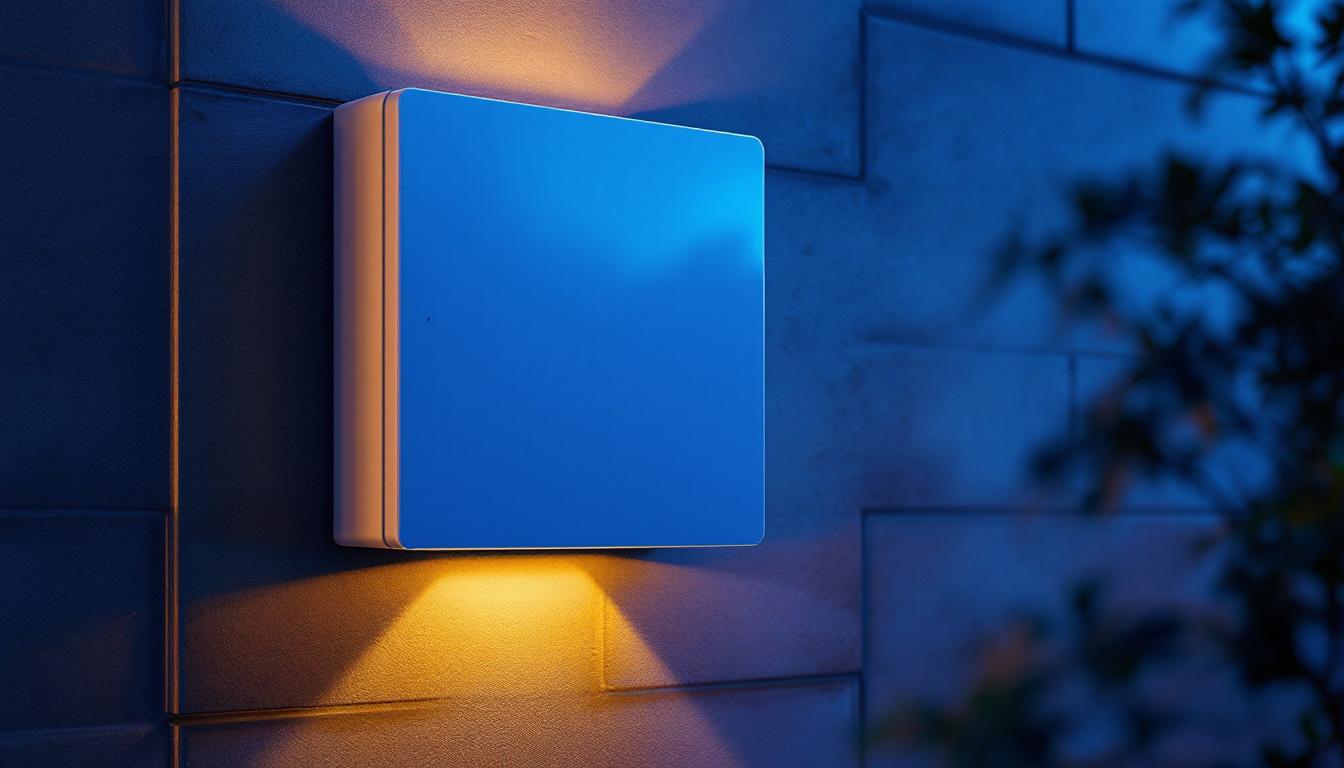
In the realm of outdoor lighting, motion detector LED lights have emerged as a transformative solution for both residential and commercial applications. These innovative lighting fixtures not only enhance security but also contribute to energy efficiency. For lighting contractors, understanding the nuances of these systems is essential for providing clients with optimal solutions tailored to their needs.
As technology continues to evolve, the integration of smart features into outdoor lighting systems has become increasingly prevalent. This article explores various approaches that lighting contractors can adopt when working with outdoor motion detector LED lights, ensuring that they remain at the forefront of the industry.
Before delving into installation techniques and design considerations, it is crucial for contractors to grasp the underlying technology that powers motion detector LED lights. These systems typically incorporate passive infrared (PIR) sensors, which detect changes in heat signatures, or microwave sensors, which utilize electromagnetic waves to sense motion.
The choice of sensor technology can significantly influence the performance and reliability of the lighting system. For instance, PIR sensors are often more cost-effective and suitable for residential applications, while microwave sensors may be preferred for larger commercial spaces due to their extended detection range.
Understanding the different types of sensors available is vital for contractors. PIR sensors are designed to detect motion within a specific field of view, making them ideal for areas with predictable traffic patterns. Conversely, microwave sensors can cover a broader area and are less affected by environmental factors, such as temperature changes or obstacles.
Contractors should evaluate the specific needs of each project to determine the most appropriate sensor type. Factors such as the layout of the space, potential obstructions, and the desired sensitivity level will all play a role in this decision-making process.
One of the most compelling advantages of LED lighting is its energy efficiency. Compared to traditional incandescent or halogen lights, LED fixtures consume significantly less power while providing the same, if not better, illumination. When combined with motion detection technology, these systems can drastically reduce energy consumption by ensuring that lights are only activated when needed.
For contractors, promoting the sustainability aspect of motion detector LED lights can be a strong selling point. Clients are increasingly aware of their environmental footprint, and offering energy-efficient solutions aligns with their values. Additionally, many regions offer incentives for energy-efficient installations, which can further enhance the appeal of these systems.
Installing outdoor motion detector LED lights requires careful planning and execution to ensure optimal performance and longevity. Contractors must consider factors such as the placement of fixtures, wiring methods, and sensor calibration.
Proper installation not only enhances the functionality of the lights but also minimizes the likelihood of issues arising post-installation. This section outlines key techniques that contractors should employ during the installation process.
The placement of motion detector lights is critical for maximizing their effectiveness. Ideally, fixtures should be positioned to cover entry points, pathways, and other areas where security is a concern. Contractors should also consider the height at which the lights are mounted; typically, a height of 8 to 10 feet is recommended to achieve optimal detection range.
Moreover, it is essential to avoid placing fixtures near objects that could obstruct the sensor’s field of view. Trees, walls, and other structures can interfere with the sensor’s ability to detect motion, leading to false triggers or missed detections.
Ensuring a reliable power supply is fundamental for the performance of outdoor motion detector LED lights. Contractors should choose appropriate wiring methods that comply with local codes and regulations. In many cases, low-voltage wiring can be used, which is safer and easier to install.
Additionally, it is advisable to incorporate weatherproof junction boxes and connectors to protect the electrical components from the elements. This precaution not only enhances safety but also extends the lifespan of the lighting system.
Once the fixtures are installed, proper sensor calibration is essential to ensure that the lights function as intended. Most motion detectors come with adjustable settings that allow contractors to modify sensitivity levels, detection range, and duration of illumination.
Contractors should take the time to test these settings in the field, making adjustments as necessary to accommodate the specific environmental conditions and user preferences. This step is crucial for minimizing false alarms and ensuring that the system operates efficiently.
Beyond functionality, the aesthetic appeal of outdoor motion detector LED lights should not be overlooked. The design of the lighting fixtures can significantly impact the overall look of a property, making it essential for contractors to consider both form and function.
Incorporating design elements that complement the architecture of the building and the surrounding landscape can enhance the appeal of the installation. This section discusses various design considerations that contractors should keep in mind.
Outdoor lighting fixtures come in a variety of styles and finishes, ranging from modern to traditional. Contractors should work closely with clients to select fixtures that align with their design preferences and the overall aesthetic of the property.
For example, sleek, minimalist designs may be suitable for contemporary homes, while ornate fixtures may be more appropriate for traditional architecture. Additionally, the finish of the fixtures—such as bronze, black, or white—can further influence the visual impact of the lighting installation.
Another critical design consideration is how the lighting integrates with the landscaping. Outdoor motion detector LED lights can be strategically placed to highlight architectural features, trees, or pathways, enhancing the overall ambiance of the outdoor space.
Contractors should consider the natural elements of the property when planning the lighting layout. For instance, uplighting can create dramatic shadows and add depth to landscaping, while downlighting can provide a soft, inviting glow along walkways.
The rise of smart technology has revolutionized the way outdoor lighting systems operate. Many modern motion detector LED lights now come equipped with smart features that allow for remote control and automation. For lighting contractors, understanding these technologies is essential for staying competitive in the market.
Smart outdoor lighting can be integrated with home automation systems, enabling users to control their lights via smartphone apps or voice commands. This level of convenience not only enhances user experience but also allows for greater customization of lighting settings.
With the advent of smart technology, contractors can offer clients the ability to remotely control their outdoor motion detector lights. This feature allows users to turn lights on or off, adjust brightness levels, and even set schedules for when the lights should activate.
Additionally, some systems provide real-time monitoring capabilities, alerting homeowners to any detected motion. This added layer of security can be a significant selling point for clients looking to enhance the safety of their properties.
Many homeowners today seek integrated security solutions that encompass lighting, cameras, and alarms. Contractors can offer motion detector LED lights that seamlessly integrate with existing security systems, providing a comprehensive approach to outdoor safety.
By linking lighting to security cameras, for example, homeowners can ensure that lights activate when motion is detected, illuminating potential threats and capturing footage for later review. This synergy between lighting and security not only enhances safety but also adds value to the overall installation.
Even the most advanced outdoor motion detector LED lights require regular maintenance to ensure optimal performance. Contractors should educate clients on the importance of upkeep and provide guidance on troubleshooting common issues.
Regular maintenance can prevent minor issues from escalating into major problems, ensuring that the lighting system remains functional and efficient over time. This section outlines key maintenance practices and troubleshooting tips for contractors.
Contractors should recommend that clients conduct regular inspections of their outdoor lighting systems. This includes checking for any signs of wear and tear, ensuring that fixtures are clean and free from debris, and verifying that sensors are functioning correctly.
Regular inspections can help identify potential issues before they become significant problems, allowing for timely repairs or replacements. This proactive approach not only enhances the longevity of the lighting system but also ensures that it continues to meet the client’s needs.
Contractors should be prepared to assist clients with troubleshooting common issues that may arise with outdoor motion detector LED lights. For instance, if lights are not activating as expected, it may be due to incorrect sensor calibration, obstructions in the sensor’s field of view, or power supply issues.
Providing clients with a basic understanding of how to troubleshoot these problems can empower them to address minor issues independently. Additionally, contractors should be readily available to assist with more complex problems that may require professional intervention.
Outdoor motion detector LED lights represent a significant advancement in lighting technology, offering contractors the opportunity to provide clients with energy-efficient, secure, and aesthetically pleasing solutions. By understanding the technology behind these systems, employing effective installation techniques, and embracing smart features, lighting contractors can elevate their services and meet the evolving needs of their clients.
As the demand for outdoor lighting solutions continues to grow, staying informed about the latest trends and technologies will be essential for contractors looking to thrive in this competitive market. By adopting a comprehensive approach that encompasses design, installation, and maintenance, lighting contractors can position themselves as trusted experts in outdoor motion detector LED lighting.
Ready to take your lighting installations to the next level? At LumenWholesale, we provide lighting contractors like you with the highest quality outdoor motion detector LED lights and more. Our spec-grade products ensure you deliver energy-efficient, secure, and beautifully lit environments to your clients. With unbeatable wholesale prices and the convenience of free shipping on bulk orders, you can trust LumenWholesale to enhance your service offerings without breaking the bank. Elevate your lighting game and discover the best value in wholesale lighting today.

Discover the differences between light bulb connector sizes and explore alternatives to help lighting contractors make informed choices.

Discover the essential guide to 3 Watt puck lights tailored for lighting contractors.

Discover how a light pendant with a chain can transform your lighting installation projects.

Discover how exterior electrical boxes for lights are revolutionizing the lighting industry by enhancing safety, boosting efficiency, and offering versatile design options.